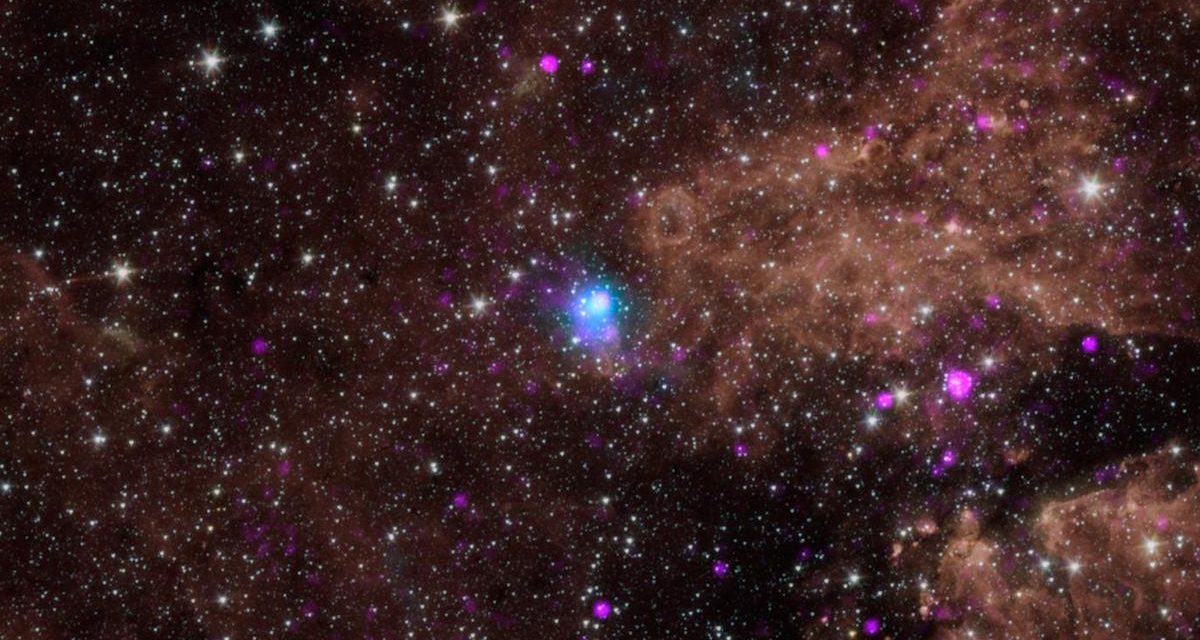Canadian astronomers have a new toy. The Canadian Hydrogen Intensity Mapping Experiment (CHIME) is their recently unveiled radio telescope. And, it has found something strange even before being fully functional. CHIME discovered a repeating fast radio burst (FRB) coming from somewhere outside of our galaxy. It’s only the second of its kind ever detected.
RELATED: NASA Says Last Goodnight to Kepler Space Telescope
FRB’s are cosmic bursts of radio waves that last only milliseconds. The source is entirely unknown, which makes FRB’s a very enticing puzzle for astronomers. Repeating FRB’s have only been detected twice in human history. Astronomers don’t know where those are coming from either, or why they repeat.
There are a couple of things at play here. First, FRB’s are a new phenomenon. The first was detected in 2007, so scientists have only known to look for them for a short time. 36 have ever been detected, but 19 of them were found in the last year alone. CHIME can detect radio waves at a frequency previously mostly undetectable.
The repeaters came in at a lower frequency than the other FRB’s that have been detected. They’ve come to us in the band between 400 and 800 megahertz (MHz), where the others are at around 1400 MHz. CHIME picked the repeaters up with apparent ease in its pre-commissioning phase, before it was looking into space at its full capacity.
This is exciting for astronomers. As Kendrick Smith, a cosmologist at the Perimeter Institute for Theoretical Physics put it, “FRBs were an unexpected mystery. There aren’t so many qualitative mysteries in astrophysics,” Smith said. “So explaining their nature has become one of the biggest unsolved problems in astrophysics in the last few years.”
RELATED: Scientist/Rockstar Brian May of QUEEN Releases Single in Honor of NASA’s New Horizons Flyby
And, though they don’t know what the source is, it has to be big. If it is not intelligent communication from aliens (and that can’t yet be ruled out) then it is likely coming from a highly magnetized source like a magnetar or a pulsar. But, magnetars are elusive and the pulsars we’ve heard from have been found in our galaxy, so one outside of it must be incredibly powerful. Like, trillions of times brighter than a pulsar.
“That’s one followed by 12 zeros. That’s huge,” said Shriharsh Tendulka, an astronomer at McGill University and a member of the CHIME team. “We have no idea how to make something that bright.” – CBC News
Mysteries abound!! Science is amazing!!
- UNCHARTED Release Date Pushed to 2021 - January 25, 2020
- You Can Help Name NASA’s Mars 2020 Rover - January 25, 2020
- Watch the Feel-Good Magic in Trailer for SHORT CIRCUIT Series from Disney+ - January 24, 2020


Nice read! Space is amazing =)